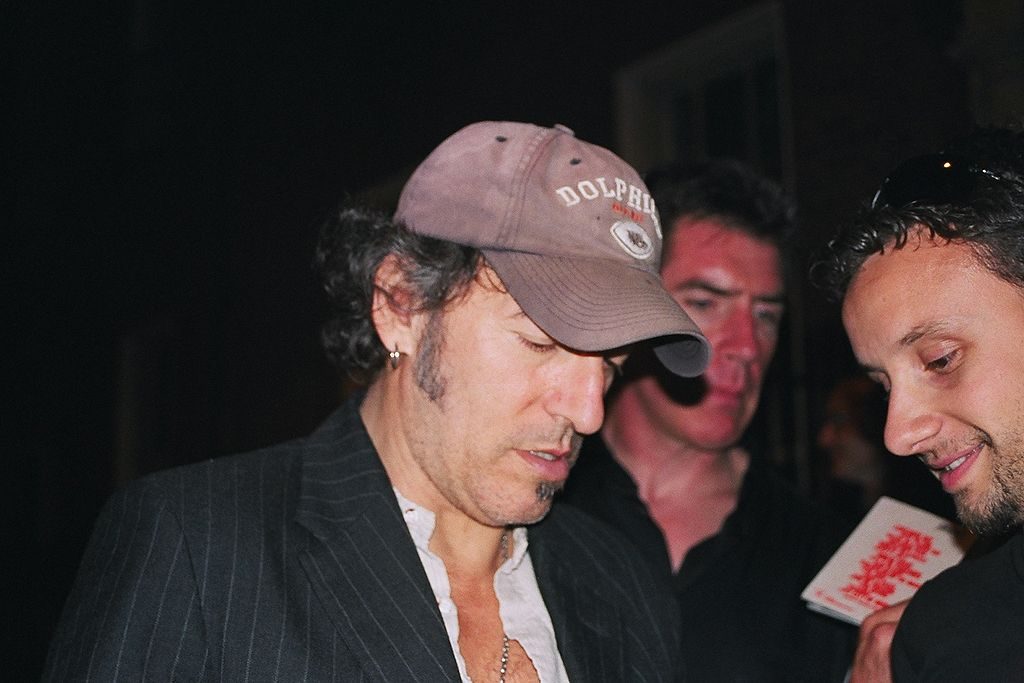
Image by Michele Lucon, via Wikimedia Commons
Bruce Springsteen turns 67 today. And next week his long-awaited memoir, Born to Run, will finally get into readers’ hands. In advance of that literary event, we’re looking back at a 2014 interview with The New York Times, printed shortly before Springsteen published his children’s book, Outlaw Pete.
The interview takes you inside Springsteen’s literary world, revealing what books he reads, which books he loves, and what authors have shaped his songwriting (and likely his own literary style): The Times asks: “Who is your favorite novelist of all time, and your favorite novelist writing today?;” “Who are your favorite New Jersey writers?;” “What’s your favorite memoir by a musician?;” “What book, if any, most influenced your decision to become a songwriter and musician or contributed to your artistic development?” The books he namechecks along the way include the following:
- American Pastoral, I Married a Communist and Sabbath’s Theater, by Philip Roth
- Anna Karenina, by Leo Tolstoy
- Blood Meridian, by Cormac McCarthy
- Chronicles, by Bob Dylan
- Last Train to Memphis: The Rise of Elvis Presley, by Peter Guralnick
- Leaves of Grass, by Walt Whitman
- Life, by Keith Richards
- Lonely Hearts of the Cosmos, by Dennis Overbye
- Love in the Time of Cholera, by Gabriel García Márquez
- Moby-Dick, by Herman Melville
- Mystery Train: Images of America in Rock ‘n’ Roll Music, by Greil Marcus
- The Brothers Karamazov, by Fyodor Dostoyevsky
- Soul Mining: A Musical Life, by Daniel Lanois
- The Complete Short Stories, by Flannery O’Connor
- The History of Western Philosophy, by Bertrand Russell
- The Novels of Jim Thompson
- The Sportswriter, Independence Day and The Lay of the Land, by Richard Ford
- The Stories of Chekhov, by Anton Chekhov
You can read the interview in its entirety here, and find some of the classic books he mentions in our collection, 800 Free eBooks for iPad, Kindle & Other Devices. His memoir, Born to Run, will be officially released on September 27th. The companion album, Chapter and Verse, is out today.
Related Content:
Free Online Literature Courses
Heat Mapping the Rise of Bruce Springsteen: How the Boss Went Viral in a Pre-Internet Era
Springsteen’s Favorite Books & Reading List

